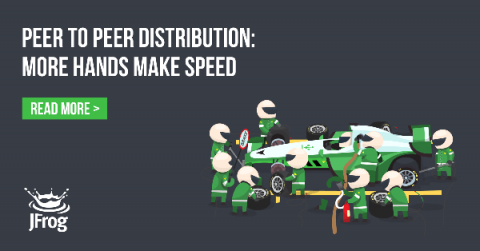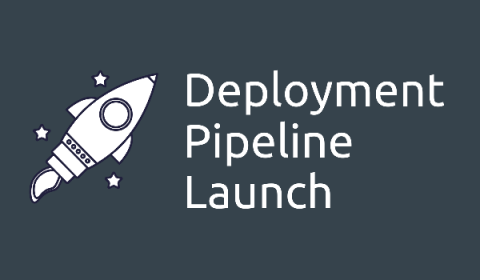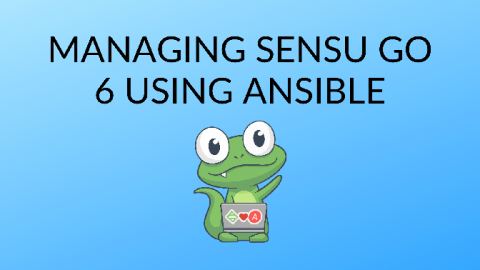Getting Started with Continuous Integration
It is impossible to overestimate the importance of a strong development environment when scaling your team’s capacity. Nowadays, most organizations use Git, and one of the popular and successful development models used by many organizations is Gitflow. When making use of such models, continuous integration (CI) is key as it enables faster project delivery and offers reduced risk and expenses thanks to self-managed and easy-to-control dedicated teams.










